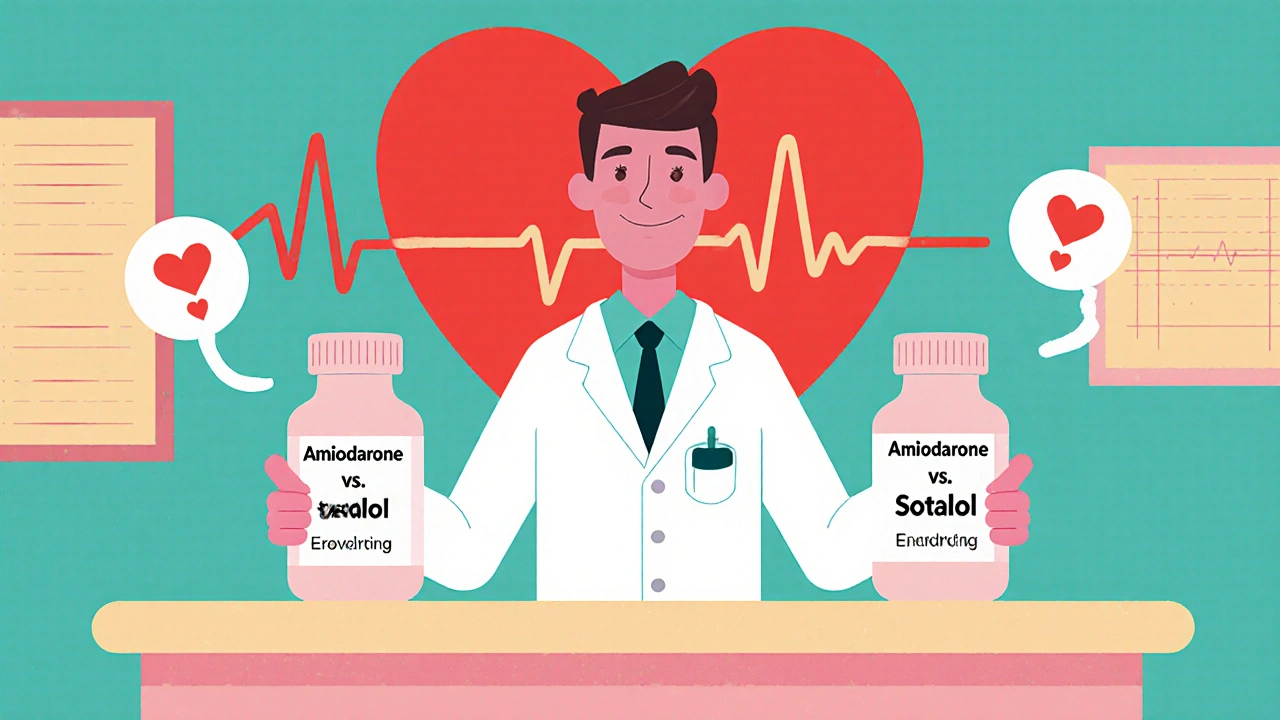Drug Comparison: How to Choose the Right Medication
When working with drug comparison, the systematic side‑by‑side evaluation of two or more medicines to decide which best fits a specific condition. Also known as medication comparison, it helps patients and clinicians balance effectiveness, safety and price. Drug comparison is a core step in personalized care because it directly influences treatment outcomes. Think of it as a decision tree: you start with the health issue, then map each drug’s profile, and finally pick the option that matches your goals. This process encompasses efficacy analysis, requires knowledge of side‑effects, and influences cost‑benefit decisions.
Key Comparison Areas You’ll Encounter
One popular branch is antibiotic comparison, evaluating different antibiotics to treat bacterial infections effectively. Here, clinicians weigh spectrum of activity, resistance risk and dosing convenience. Another critical segment is antidepressant comparison, looking at various SSRIs and other mood‑stabilizing drugs to manage depression. This area demands attention to onset time, side‑effect profile and interaction potential. Cardiovascular health brings statin comparison, matching drugs like Lipitor, Crestor and generic atorvastatin to lower cholesterol safely. Patients must consider potency, liver impact and insurance coverage. Lastly, sexual wellness often leads to ED medication comparison, assessing sildenafil, tadalafil and combo products for erectile dysfunction treatment. Factors include onset speed, duration, food interactions and price. All these sub‑topics share a common thread: they rely on accurate data, clear labeling and a willingness to ask the right questions.
By understanding how each comparison type works, you’ll be better equipped to read product labels, discuss options with your doctor and avoid costly trial‑and‑error. The articles below dive deep into real‑world examples—like Cefuroxime vs amoxicillin, fluoxetine vs other SSRIs, or generic Lipitor versus brand‑name statins—so you can see the theory in action. Whether you’re a patient hunting for the cheapest yet reliable generic, or a caregiver needing a quick safety snapshot, this collection gives you practical insights you can apply today. Ready to explore the specifics? Continue down the page to discover detailed breakdowns, side‑effect charts and buying tips that turn drug comparison from a confusing maze into a clear pathway.

Amiodarone vs Sotalol: Which Antiarrhythmic Wins for Arrhythmia Treatment?
Compare amiodarone and sotalol for arrhythmia treatment: mechanisms, dosing, side‑effects, monitoring, costs, and how to choose the right drug.